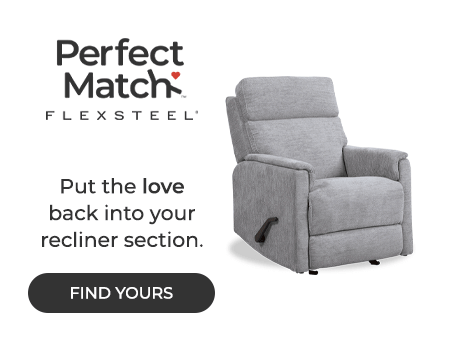This strategy is one way to help lower lead times and get product to customers sooner versus later
In recent months, Home News Now has visited a number of case goods and upholstery manufacturers seeking ways to lower backlogs and sharpen lead times in the process.
One way of doing this has been to bring on more labor and thus have more able-bodied workers addressing different tasks. While effective, this depends on a company’s ability to recruit more people in a competitive labor market. It also depends on the ability to retain workers, another challenge in an environment where other employers are using all sorts of incentives to attract talent to their ranks.
Companies are also expanding their facilities with either new buildings or equipment and sometimes a mix of both. While effective at increasing capacity, this often requires a significant investment. It also often requires more workers and worker training, adding another layer of investment companies are having to make in their expansion efforts.
All this is happening at a time when consumer demand appears to be slowing, creating a balancing act in the process. The last thing that employers want is to have too much capacity and too many workers, forcing them to make adjustments later on. Even if it’s hard to envision that during a prolonged labor shortage, indeed, the tables can turn very quickly.
Which all causes a third way to boost capacity to make even more sense during these uncertain times. That approach is to reduce SKU count to help the plant to run more efficiently. A conversation HNN had with Rock House Farm CEO Alex Shuford III earlier this year drove this point home as he spoke about the challenges associated with producing an item that only sells six a year versus an item that sells 50 or more a year.
The company, Shuford said, has thus focused on making items with better rates of sale and shelved items that sell only a few a year, which slow workers down as they have to stop and relearn how to make certain pieces.
It’s a message that HNN has heard from other plants as well that are looking for creating better manufacturing efficiencies with what they actually have in place. For dealers, this means a more efficient flow of goods that could end up lowering shipping times much more quickly than an extensive hiring or plant expansion process, for example.
Certainly, reducing SKUs is nothing new. Manufacturers and importers alike have to do this constantly as they introduce new product ever six months or more. Domestic resources, including Amish furniture makers have also done this by offering quick-ship programs that stock some popular items instead of building everything to order.
However, the model seems somewhat counterintuitive to domestic manufacturers that pride themselves on having more pieces in their wheelhouse than the competition. Historically, it has made them appealing, particularly to designers who like that variety and mix of options.
But as Shuford noted in his earlier conversation with HNN, a buyer might be just as drawn to a higher-selling item in the line versus one that only sells three or four a year. The problem is that they may not have known that item was available, and thus chose the slower selling item by default when they could have just as easily picked the item that runs through the plant more efficiently.
Perhaps the pandemic has forced manufacturers to look more closely at what they decide to leave in or out of the production line. But it’s likely a trend that will continue well into the future as they’ve discovered what makes them more efficient and thus more attractive to their customer base in terms of cost and product availability.
As one industry source wisely noted, “The days of making just three or four of an item a year are gone.”




